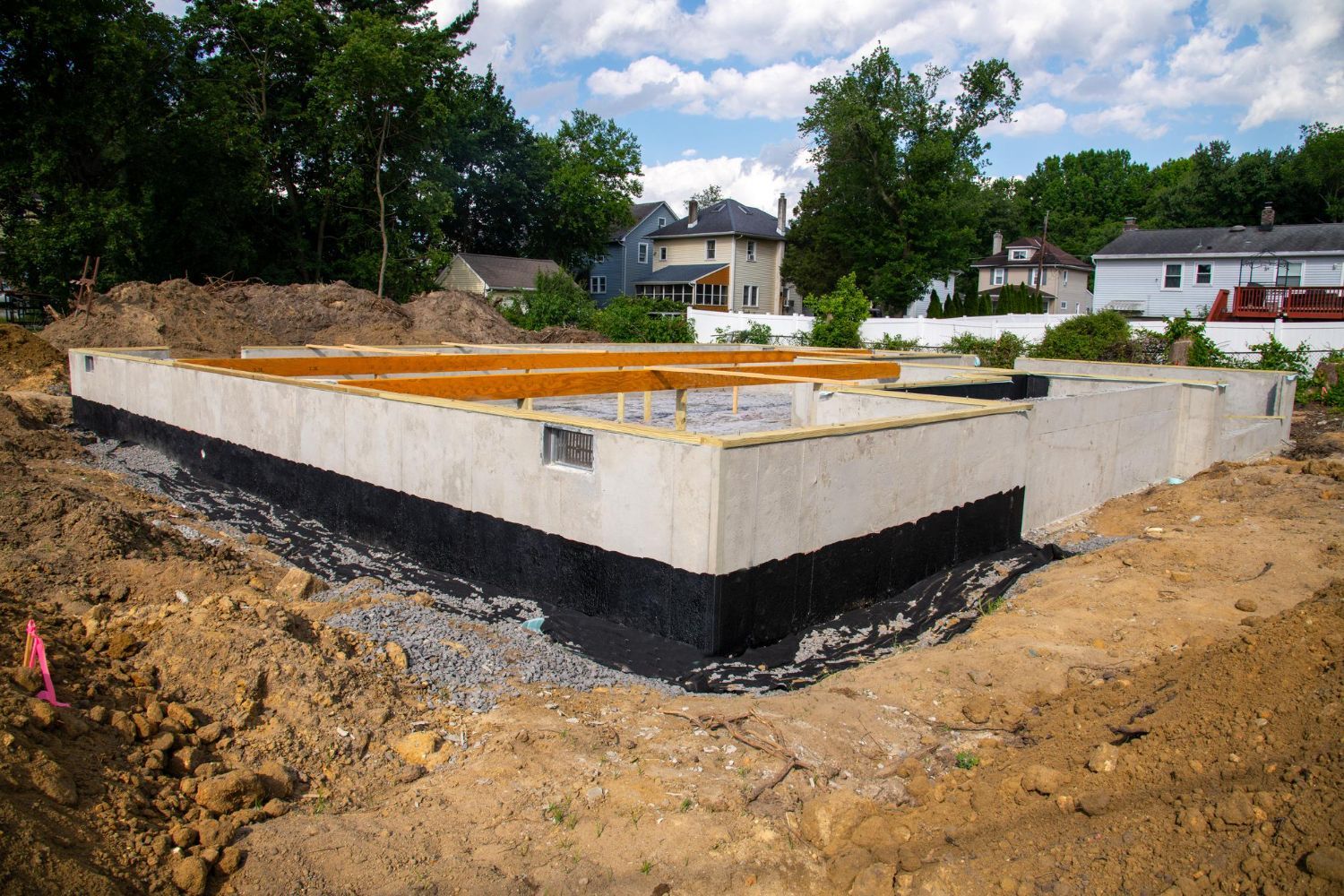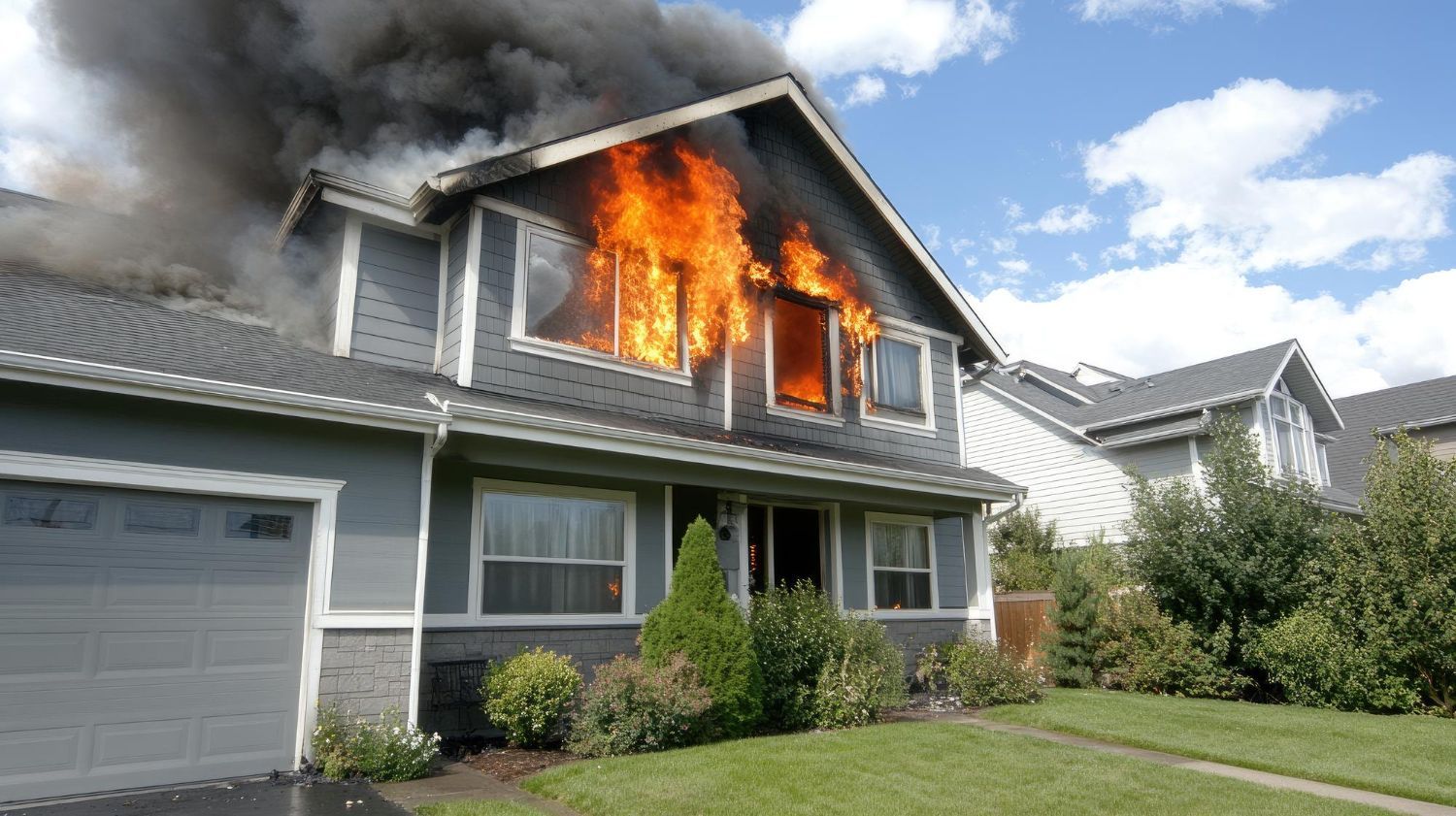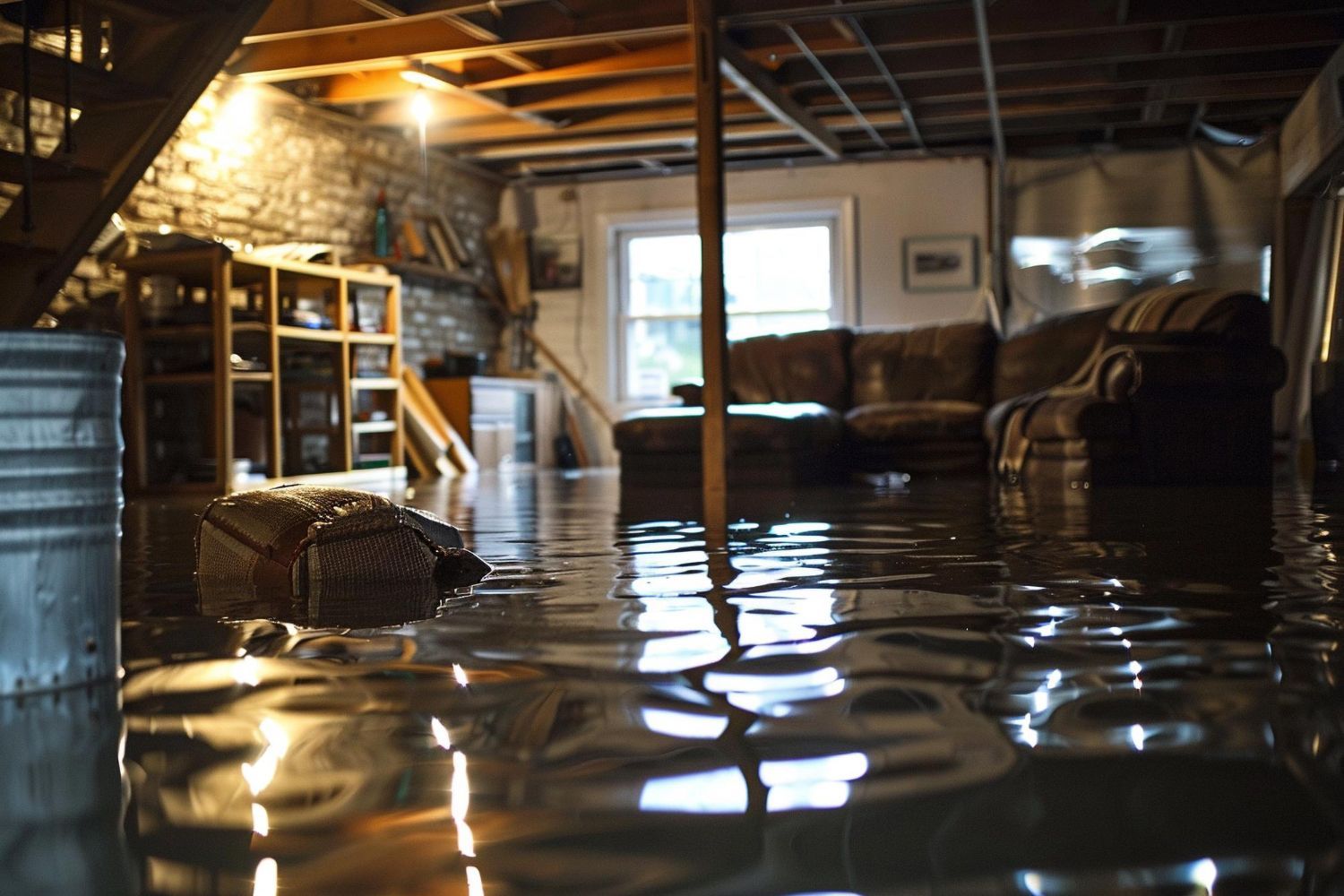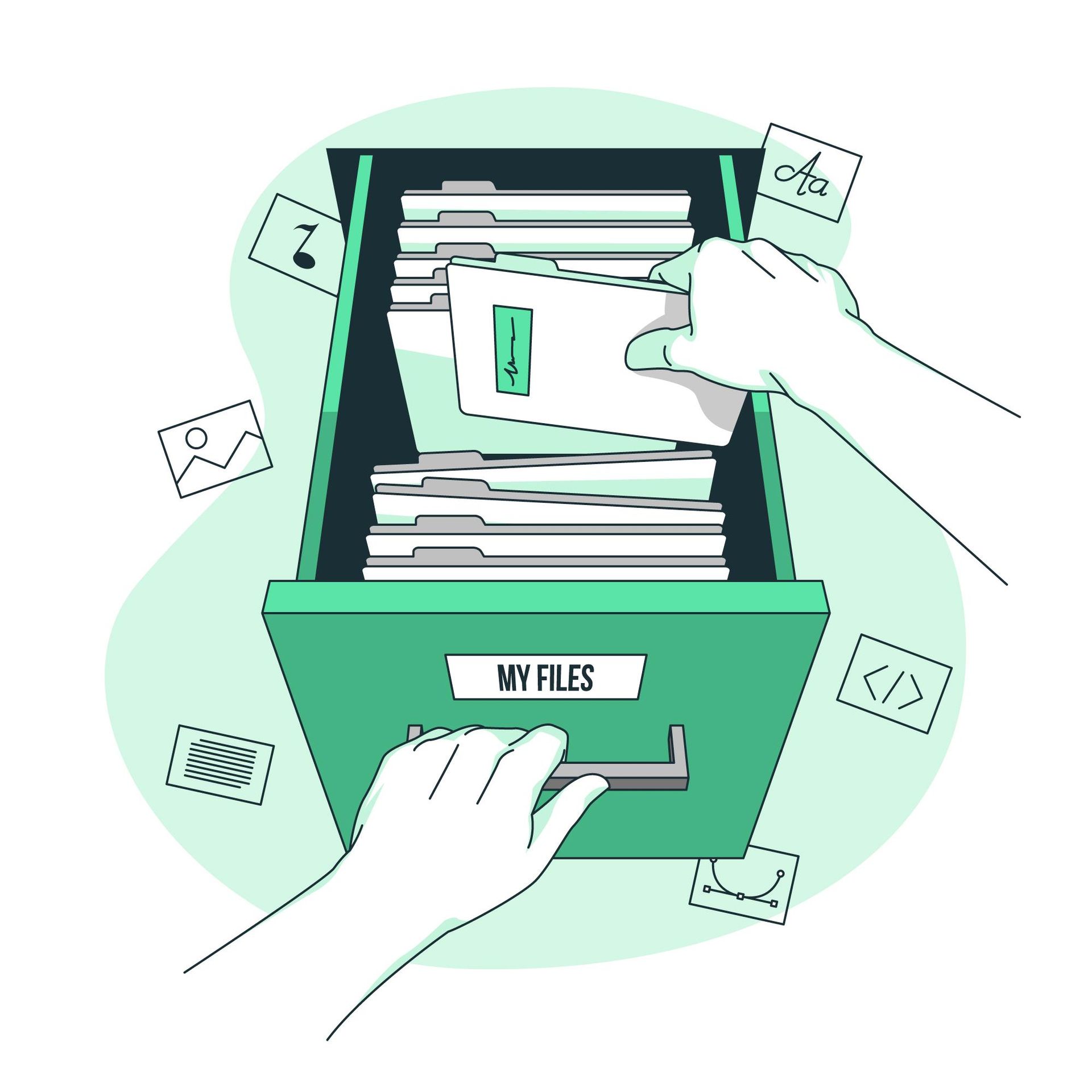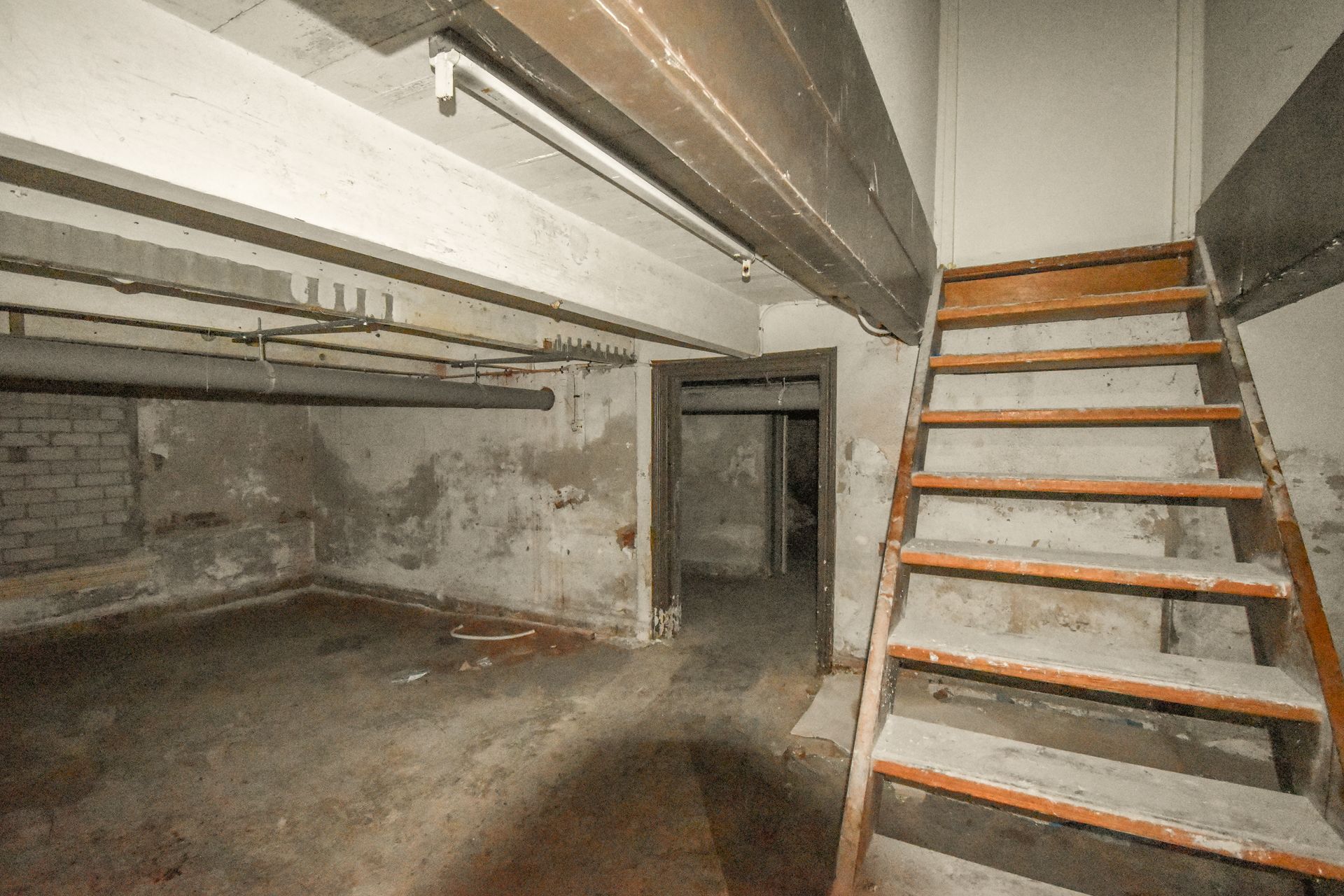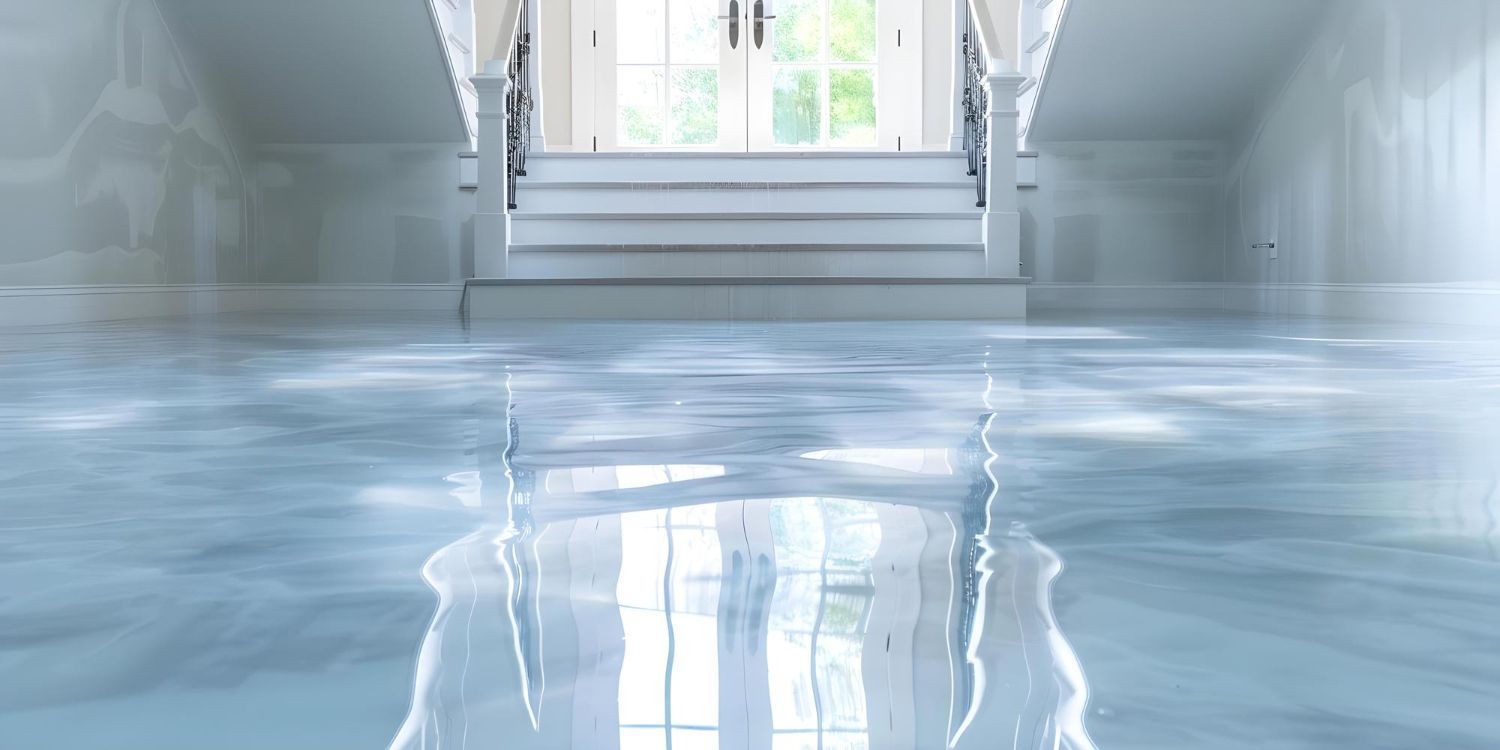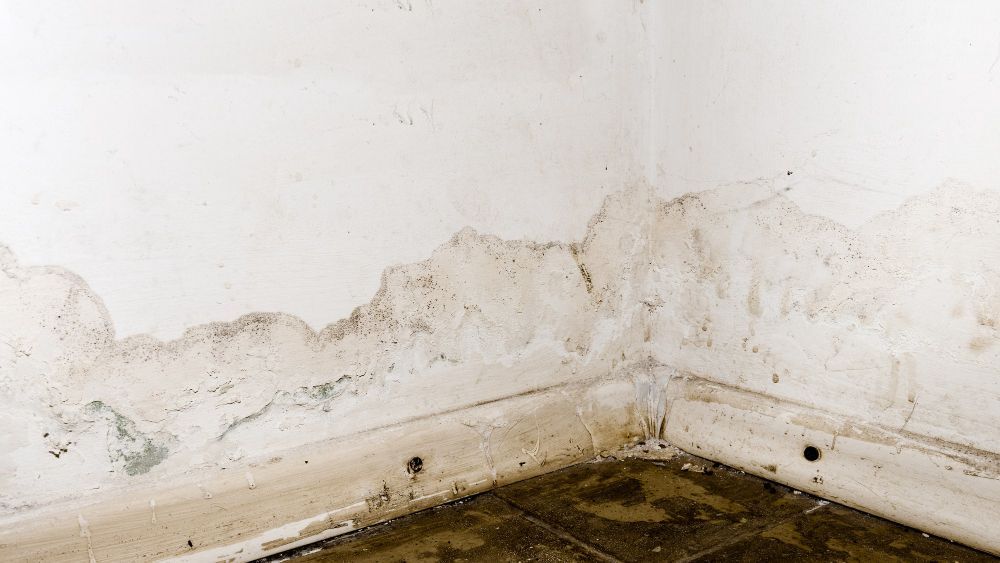Defining wastewater and sewage, clearing up the confusion!
Do you know the difference between wastewater and sewage in Central Maryland?
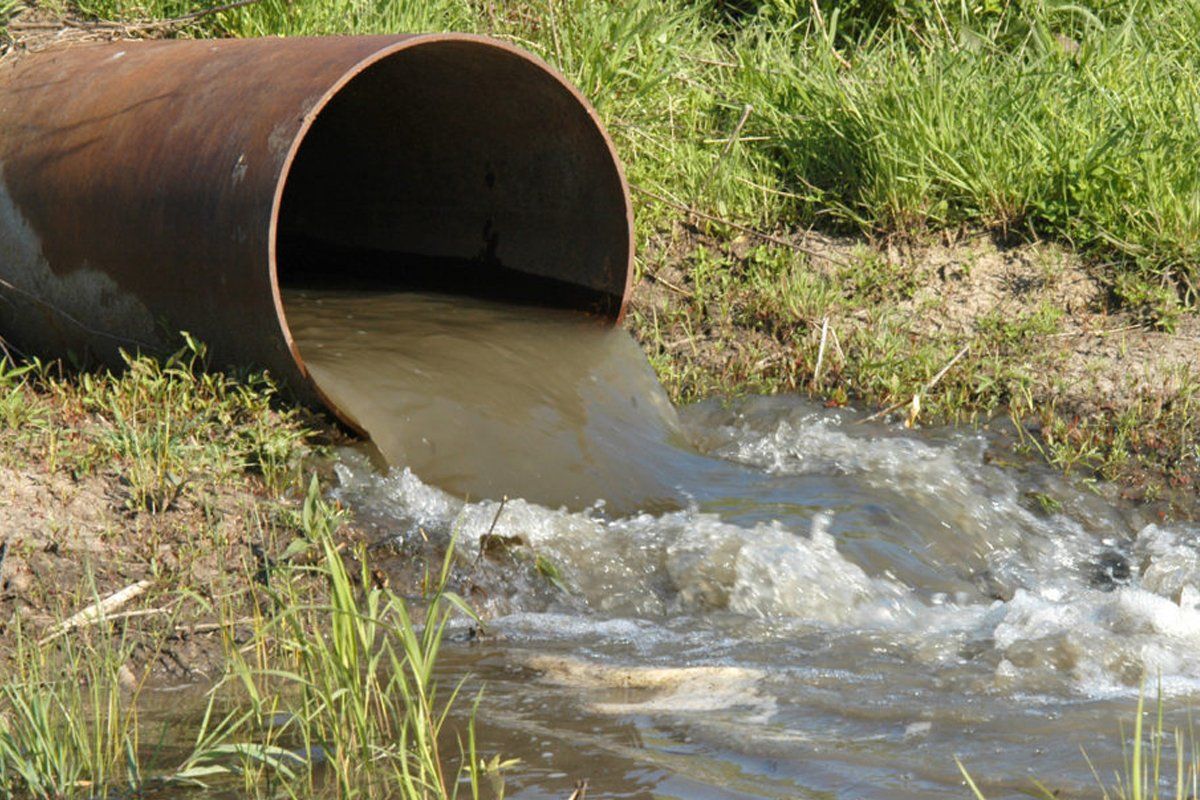
Even though words sewage and wastewater are used interchangeably, there are many differences between the two, including the fact that sewage is actually a component of wastewater.
The two types of sewage are Black water (from toilets) and Gray water (from domestic non-toilet sources). Gray water and Black water have different attributes, but they both contain disease-causing pathogens and other pollutants that need treatment.
Because almost anything can be flushed down a toilet, sewer or drain, sewage (even domestic) contains many pollutants and have the potential to cause detrimental environmental damage or disease. Wastewater is mainly water by weight and other materials make up a small portion of wastewater but can still be enough to endanger the environment and public health.
There are many elements of wastewater that you don’t want to cross paths with, including:
Organisms – wastewater can contain several types of beneficial organisms that work to break down organic pollutants in by consuming them and turning the waste into carbon dioxide. Wastewater treatment facilities depend on this bacteria and other microorganisms to help treat the water thorough a natural biological process.
Pathogens – wastewater is loaded with parasites, bacteria and disease-causing viruses coming from several sources such as schools, farms, processing plants and hospitals. Cryptosporidium, Giardia and Salmonella are common wastewater pathogens that cause Gastroenteritis illnesses. More serious illnesses such as Polio, Cholera, Hepatitis A, Typhoid and Dysentery can occur as a result of drinking water from contaminated wells, swimming in polluted waters or eating fish from water that has wastewater contamination.
Organics – wastewater filled with large amounts of biodegradable materials that are dumped into streams, rivers, lakes and oceans are dangerous as the organisms will use dissolved oxygen to break down wastes, while at the same time, reduce the supply of oxygen in the water causing fish kills, odors and water degradation.
Inorganics – are items such as metals, minerals, and other compounds like calcium, potassium, sodium, magnesium, lead, copper, nickel, and zinc are common in wastewater. They mostly come from commercial and industrial plants, storm water runoff and infiltration from cracked pipes and can’t be broken down by wastewater organisms. In large amounts, they contaminate soil and water and are toxic to people and animals and over time will accumulate in the environment. They are difficult to remove from wastewater and usually take extra steps for a successful removal process.
Nutrients – large amounts of phosphorus and nitrogen can be found in wastewater in the form of phosphates and nitrates, which promote plant growth. Organisms only need a tiny amount of these nutrients to live on leaving excessive amounts in the water causing other plants and algae overgrowth that in turn kill fish and other aquatic life forms because the oxygen in the water has been used up by the excessive plant growth.
Wastewater is nothing to fool around with. If you have a sewage or sewer water backup, call Restoration 1 of Central Maryland to clean up the mess.


